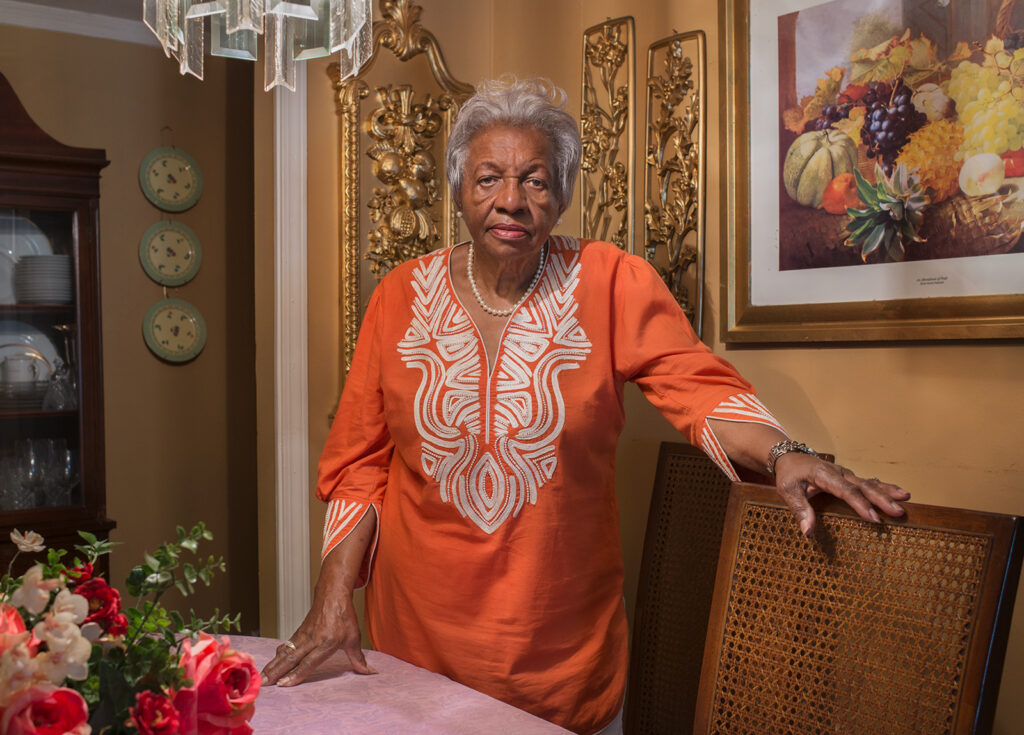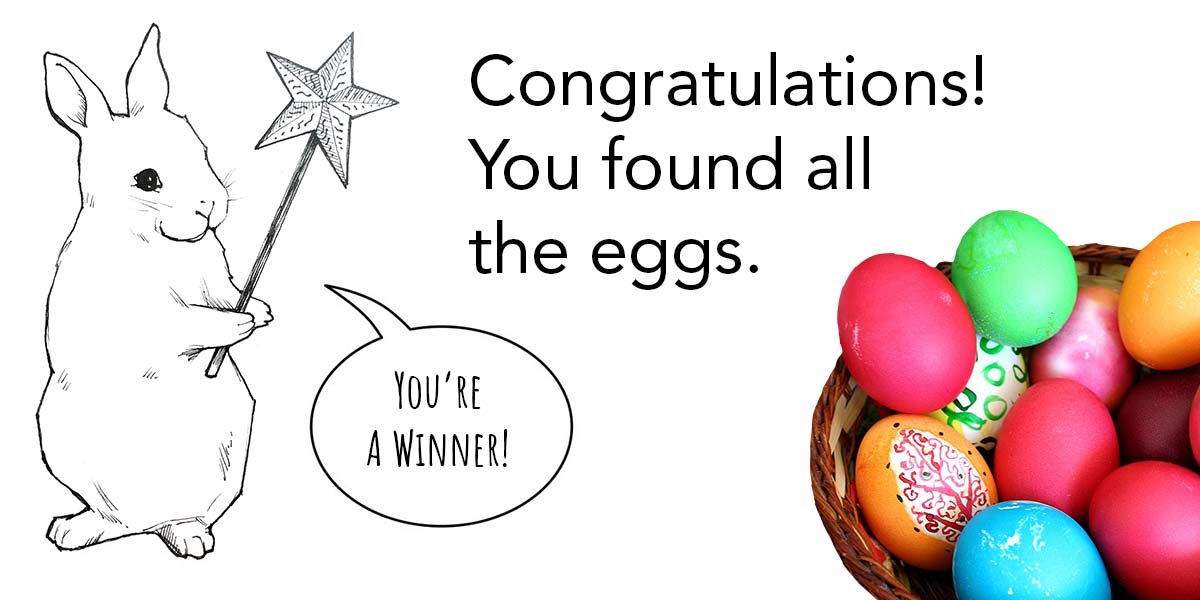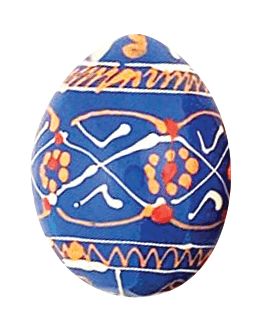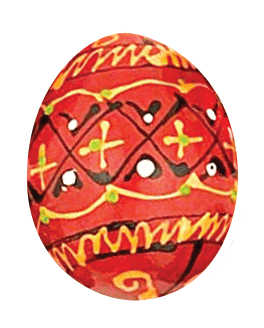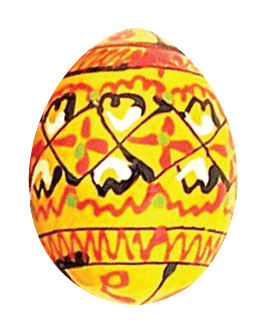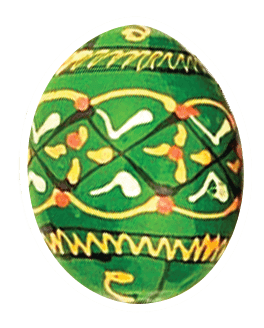To be Ms. Helen in 2019, or any one of her friends from the Howard Warner High School Class of ’54, is to carry the memory in every cell in your body of what it meant to come of age as a young Black woman in the segregated South. I met Helen and her high-school friends at the dedication of their old school building, now refurbished as a community center in one of Newnan’s still-Black neighborhoods. They told me they get together regularly, meeting for lunch at each other’s houses over pimento-cheese sandwiches and red-velvet cake. I asked if someday I might join them.
When I arrived at Helen’s house on the appointed day, I hadn’t even settled into my chair when she said she’d been thinking of something that morning that she wanted to tell me. She remembered an old man who would sit on the pavement in Newnan’s Court Square: “He was a heavy-set white man, and he had a little box asking for money. He was missing a leg – he couldn’t walk. My mother used to tell me, ‘That’s the man that lynched that man. That’s the man that burned Sam.’” Through the eyes of herself as a little girl, Helen had thrust us into one of the most gruesome moments in Newnan’s history.
Helen’s mother’s people had known Sam Hose, a Black farmhand who had murdered his employer, a prominent farmer in the area. While the farmer’s family reeled from their loss, Hose fled the county. A mob of local men became his bloodhounds, apprehending him and parading him through Newnan’s streets. While a crowd of hundreds watched, the man was chained to a tree, mutilated, and burned alive. His corpse was photographed; parts of his body were sold in jars as souvenirs. “I can see what that old man looked like and everything,” Helen said of the man sitting on the pavement, “with the cigar box, expecting people to drop money in it.”
Though the most notorious event in Newnan’s racial past – the lynching made international news, and both Ida B. Wells and W.E.B. DuBois spoke out against it – this was merely one thread in the fabric of life in the mid-20th-century South. So when I visited the classmates, as the iced tea was being poured and the deviled eggs passed, Helen and her friends wove a broad cloth of their experiences, their voices entwining in answer to my question: What has life here been like for you?
After high school, unable to employ their intellect in Newnan’s race-restricted world, Helen and her friends took jobs cleaning, ironing, and looking after white people’s children. They grew older, got married, and had children of their own, but they always remembered the rules they’d been taught: You walked in the road, lest you meet any white person – even a child – on the sidewalk, where you were not allowed. You could cook and serve food to the local dentist, but when you needed a tooth pulled he would not put his hand in your mouth. You might be spat upon by a child in your care (as Helen once was), but you were forbidden to reprimand the child.
Helen still shudders describing the morning she walked across town to work for a white family, of which the father was a man of good standing in the community. As she left her neighborhood she noticed his truck pulling up behind her, following slowly. “If you go with me, I’ll pay you good,” he hissed, leering at her. Terrified, she picked up her pace and went to his house, where his wife was waiting. “My mama had always warned me about that,” Helen said, and told of an aunt who’d borne the child of her white employer. When Helen walked home from work that day, her boss followed her again. “Don’t you tell nobody what I said,” he threatened. She never went back.
When we got toward the end of our lunch, Helen told one last story. During segregation, she said, if you had a sick child, you didn’t go in the front door of the pediatrician’s office. You went around to the back, and waited with the other Black mothers until the white babies in the front office had been seen. It didn’t matter if the white babies had runny noses or were there for a routine physical – they came first. “My first cousin’s mother worked for the family of the pediatrician,” Helen said. One day her cousin went to that doctor, because her baby was sick. “And by her being Black, she had to wait until he got through with all the whites first. And she sat there, and her child died in her arms.”
Stunned, I sat very still in my chair. “That woman is still living,” Helen said of her cousin. “Her child died in her lap in the doctor’s office, waiting to be seen.”
Throughout my time working in Newnan, I had been called upon to defend myself for asking race-related questions, accused that from my Northern perch I was there to ridicule the place for a past that people said was “over.” But I never shook the feeling that the past was right there, behind a gauzy scrim, throwing into soft and unreliable focus our view of the present. I asked Helen if I might visit her cousin someday, but she demurred. She said that the woman had never been right after losing her baby.
We had many more visits after that first day with the Class of ’54, and I asked Helen how she’d dealt with the legacy of her growing up. She’d told me that she loved her hometown – never wanted to live anyplace else – and I wanted to know how she’d reconciled all that had gone before. “We was taught not to hate,” she said, “and that whatever goes around, you know, gonna come back again.” When pointing out the man who had joined the lynch mob, Helen’s mother would say, “‘He’s suffering from the things that he done’” – inspiring a kind of pity that never left the girl. “We knew if you did wrong,” said Helen, “you were going to see it again, and that’s just what I kept in mind. Until today I guess I still do.
“I don’t know,” she said. “I feel sorry for the people for the way they treated us— that they thought that was the right way. And I don’t think they knew any better. I really don’t think they knew any better.
